Construction of the Delhi-Mumbai Expressway to begin from December 2018
A new route for the expressway will save the government a significant amount of the land acquisition cost.
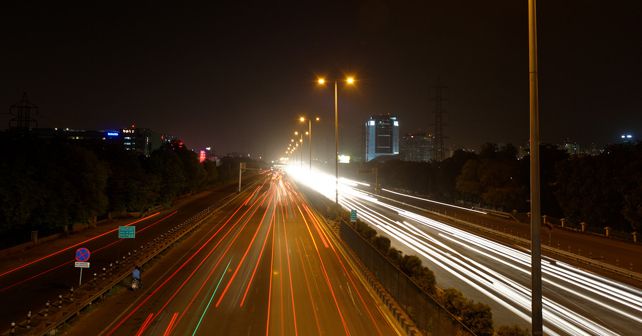
Union Road Transport and Highways Minister Nitin Gadkari has announced the time frame for the construction of the proposed Delhi-Mumbai Expressway. The construction of the trillion-rupee project is slated to begin from December 2018 and is expected to be completed within 36 months. The expressway, once operational, will cut the travel time between Delhi and Mumbai by half, with the average time reduction from 24 hours to 12 hours for cars and from 44 hours to 22 hours for trucks and other commercial vehicles. The reduction in travel time will also be accompanied by a significant decrease in the travel distance, which will be reduced to 1250 kilometres from the existing 1450 kilometres. In order to complete the construction within the stipulated time frame, the groundwork for the project is expected to begin at nearly 40 locations simultaneously.
Based on the original proposal, the Delhi-Mumbai Expressway was to run parallel to the existing National Highway-8 (NH-8), but the alignment was later changed due to high land acquisition cost, Gadkari revealed. The new route will see the expressway run more eastwards, and it will go through Rajasthan, Madhya Pradesh and Gujarat. 'The expressway will stretch across the states covering two of the nation's most backward districts, Mewat in Haryana and Dahod in Gujarat. The whole route will be: Delhi-Gurugram-Mewat-Kota-Ratlam-Godhra-Vadodara-Surat-Dahisar-Mumbai,' Gadkari further added.
Based on a government report, the proposed change of alignment will save the government over ₹16,000 crores in the land acquisition expenses. While an acre was priced at ₹7 crores as per the original alignment, the new alignment has reduced the cost to ₹80 lakh per hectare. The land acquisition cost alone will set the government back by around ₹6000 crores.
Gadkari further explained that the objective behind the massive project is to decongest the Delhi-NCR region by allowing the commercial vehicular traffic to pass through the outskirts of the city.
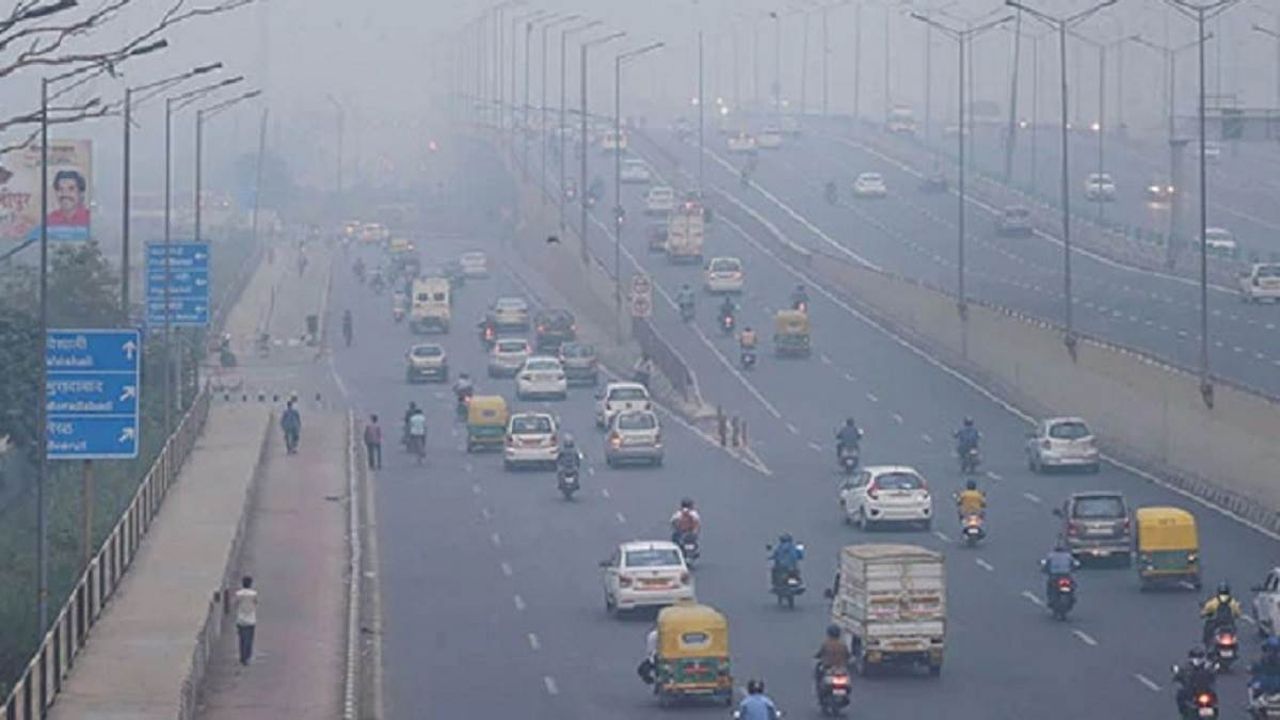
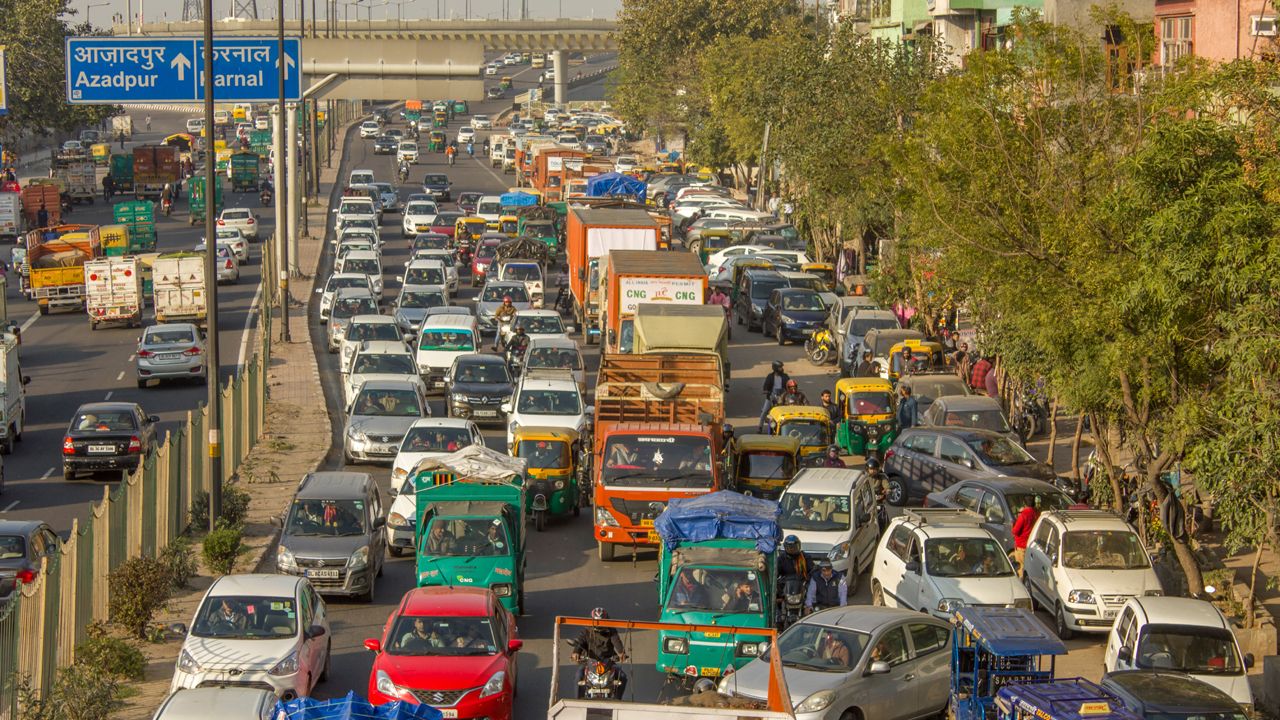
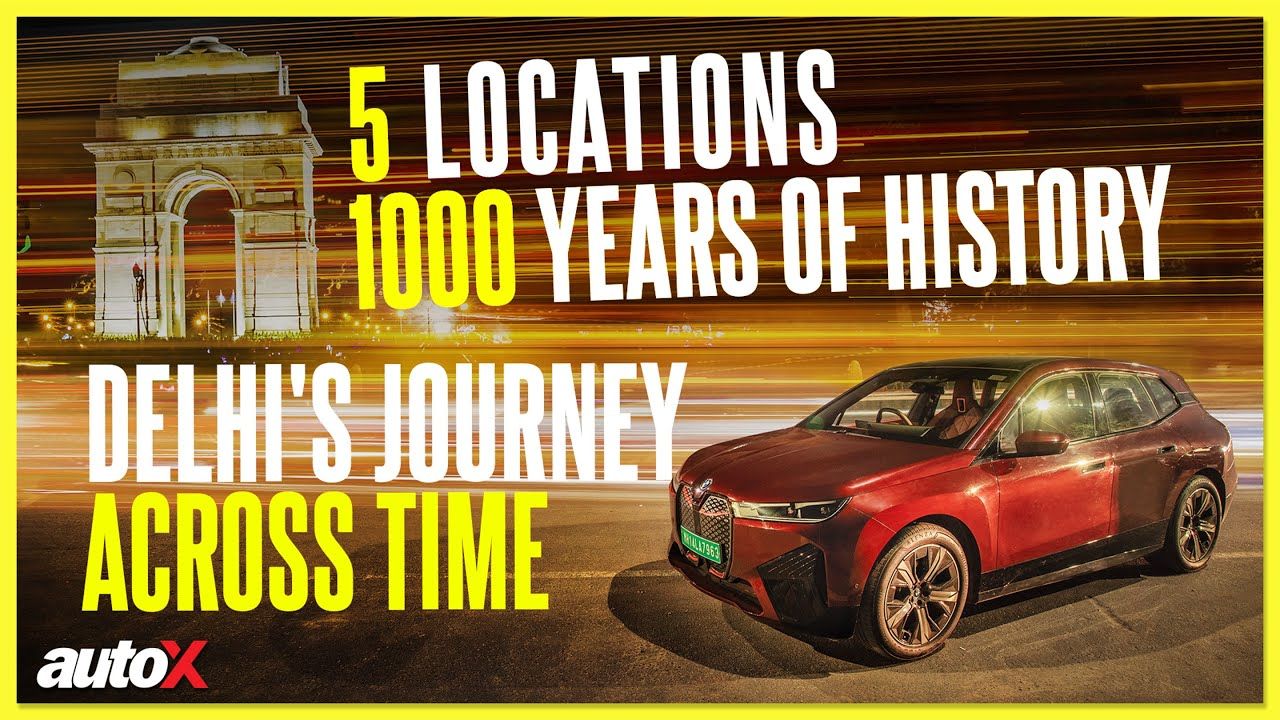
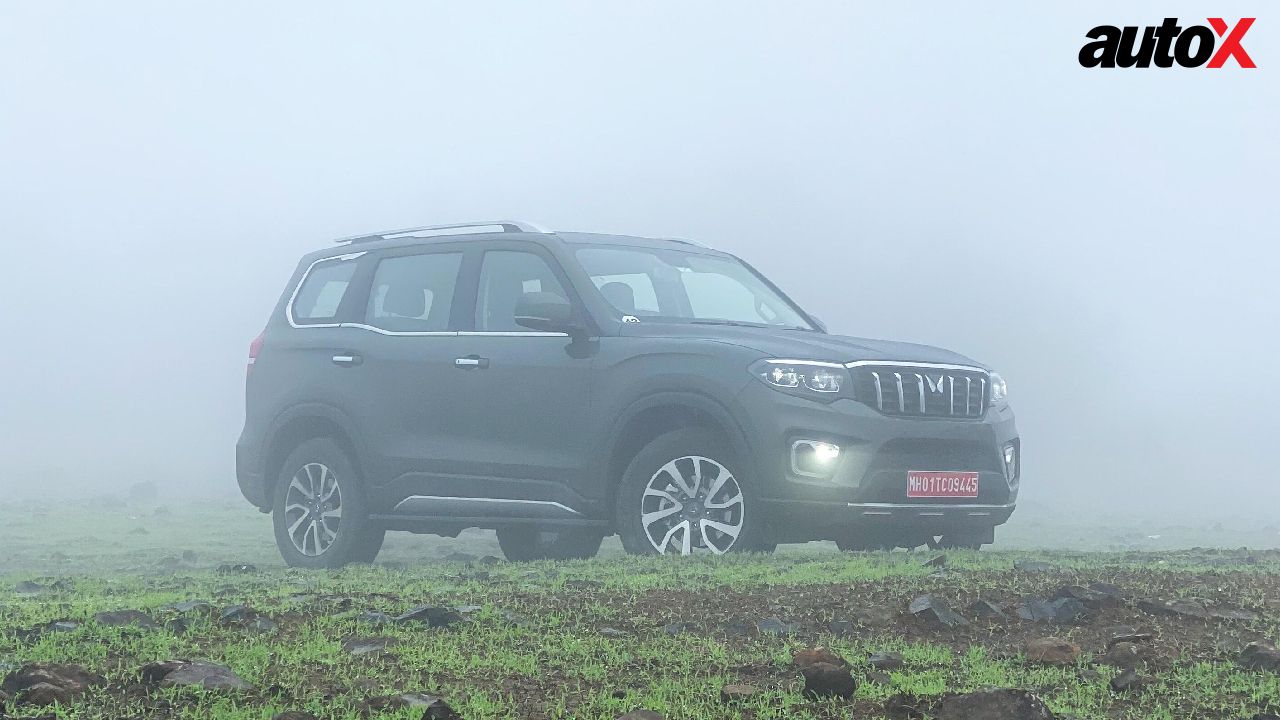
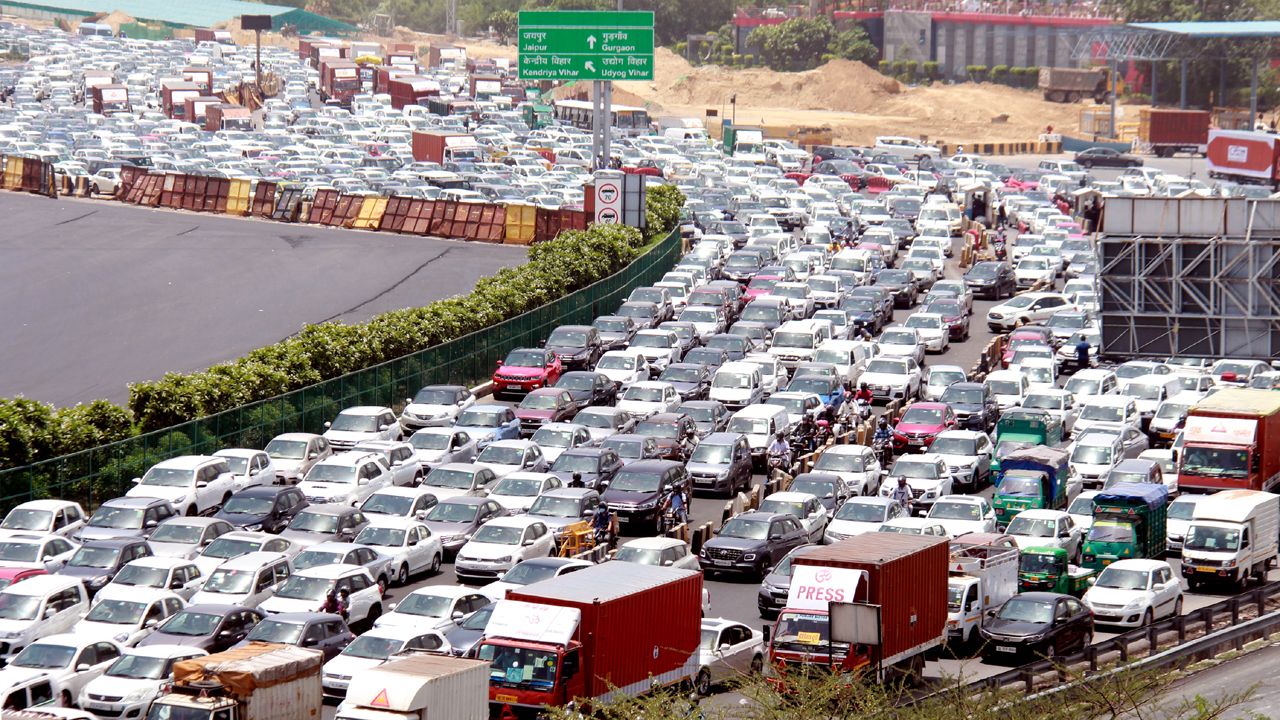
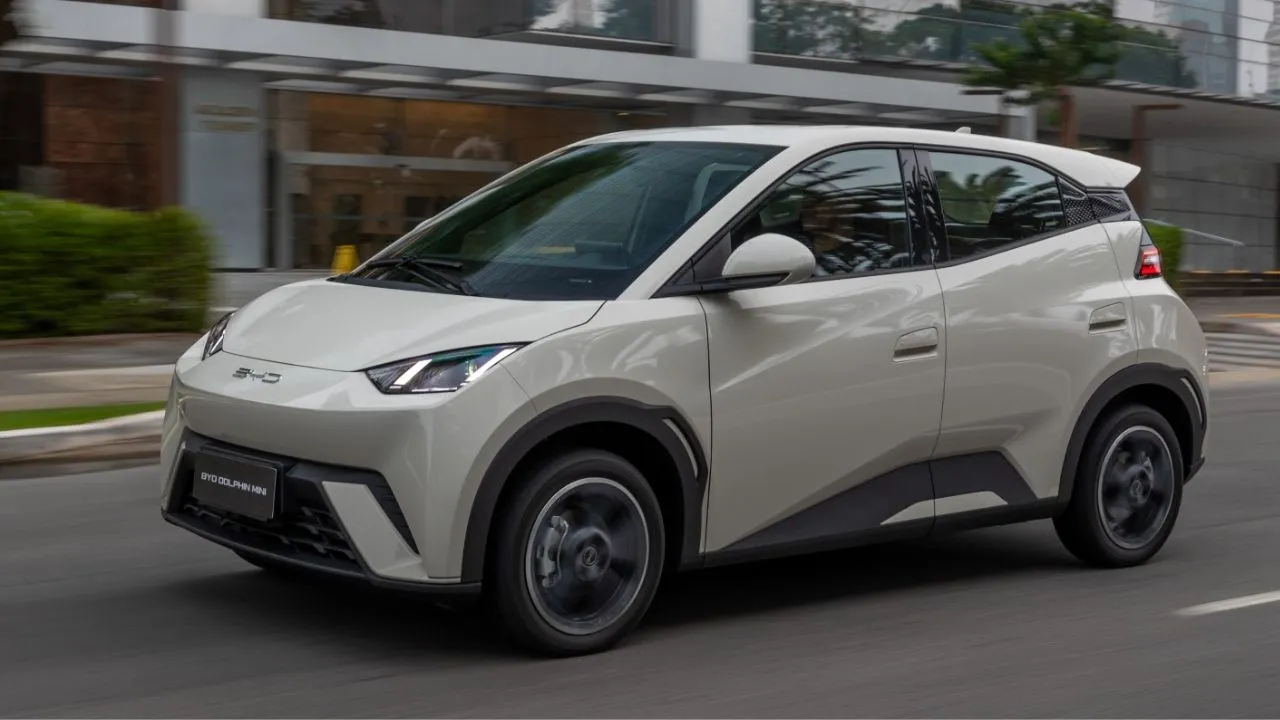
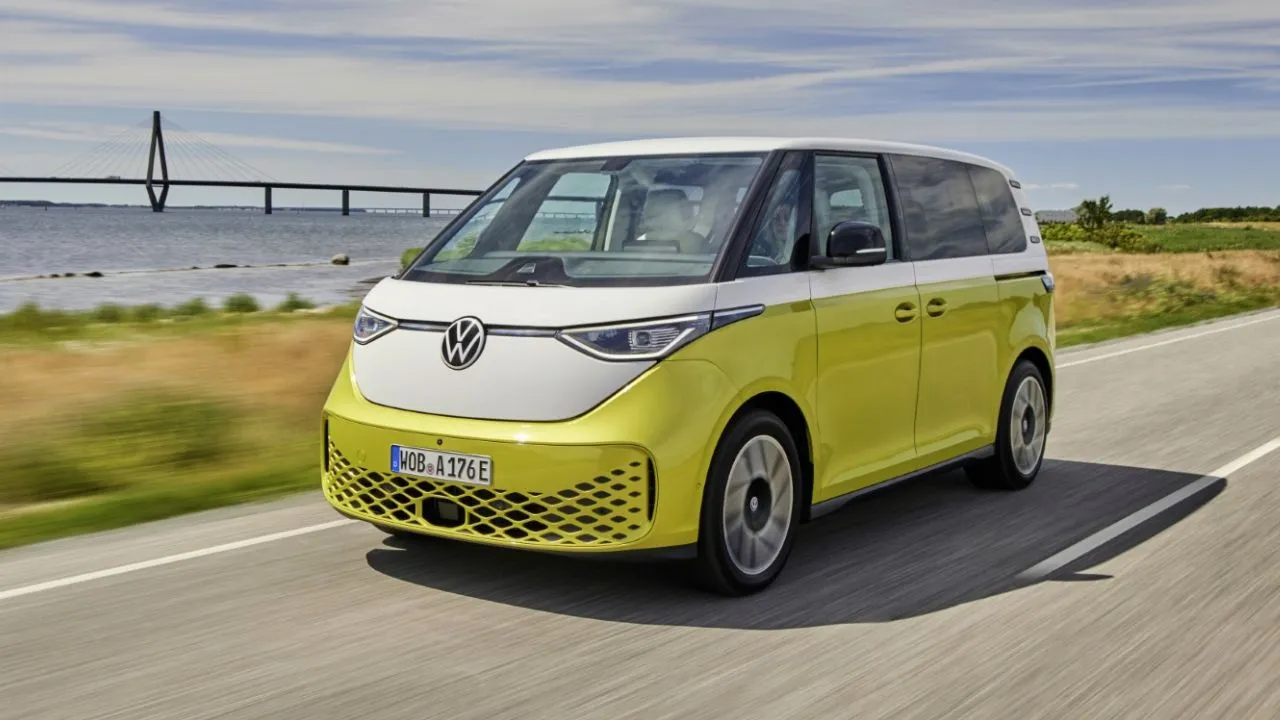
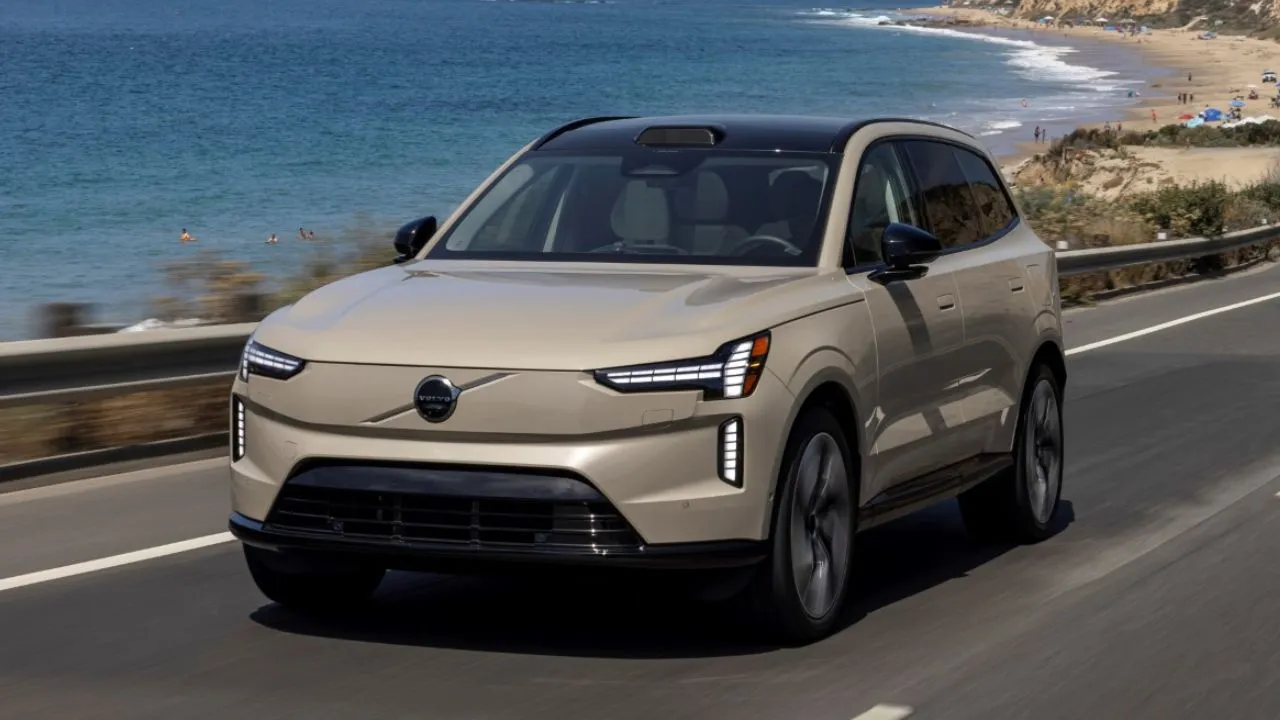
.webp)















Write your Comment on